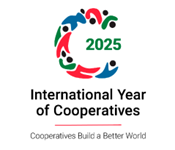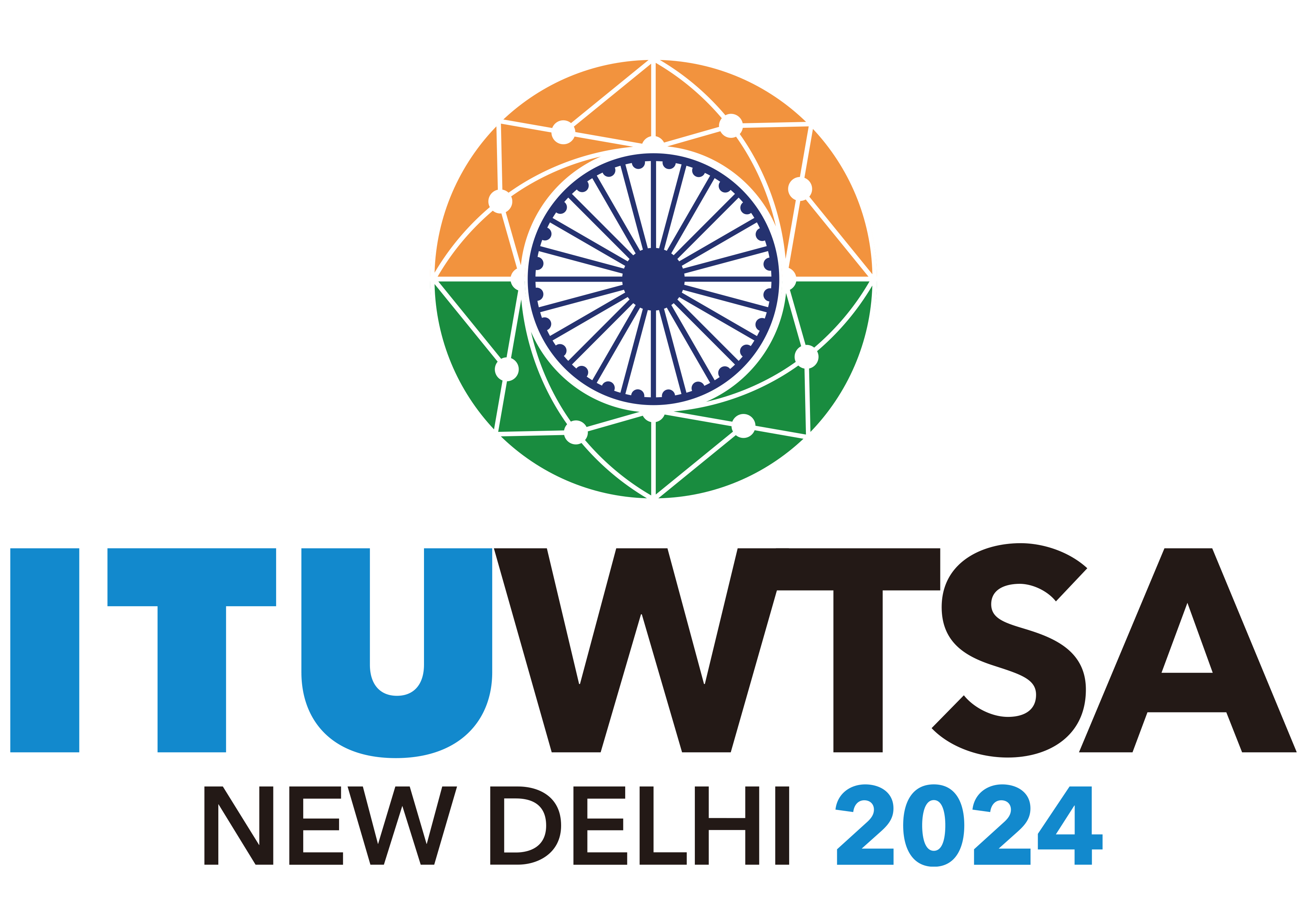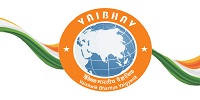How safe is our digital data?
Onlineshopping entailssharing of credit or debit card details, with an expectation that these reach the intended party. But how is it ensured? It is a not-so-simple procedure of encodingor encrypting the data with what is called a “key”, and then the same“key” is made available to the intended recipient, who, in turn, uses it to decode or decrypt the message. This key cannot fall in the wrong hands, else the security gets breached.
Security in communication is of primary importance, not only in the strategic sectors likebanking, defense but also in inter-government communications,and alsofor the common man, who often makes online payments and also has sensitive personal identification information such as Aadhaar card, PAN card and passport details stored on multiple websites. Even electoral voting machines use secure communications. Since Covid-19, with day- to-day activities turning virtual, security has becomeimminent. Moreover, with the Indian government encouragingcitizens to go cashless, digital economy is here to stay. But, are the current means of information transfers future ready and safe? Are the current crypto systems fool-proof?
The answer is a resounding “No”! The security aspectof any information transfer protocol lies in the key distribution, usually based on mathematical hardness of problems. Hardness can change with algorithmic on classical as well as advanced quantum computers. Thus, what we consider safe today may not remain so in future! Just imagine, you have saved moneyin bank for your daughter’s future,having a sense of security that she will inherit the same. However, this will not be true, if our current security measures get compromised in future.
We are thus looking at catastrophic consequences, unless we take some action now. The answer to such a dilemma also lies in the quantum domain, more precisely, ensuring the security of the key transfer process using laws of quantum physics, which is known as Quantum Key Distribution (QKD).The most common principles used are the Heisenberg’s Uncertainty principle, No-Cloning theorem as well as quantum correlations like Entanglement. Thus, in order to counter a problem posed by quantum technology (through certain algorithms that can run on quantum computers), we find a solution also using quantum physics.
In QKD, instead of using private trusted couriers or hardness of problems as the means to secure the distribution of the key, we use laws of nature or more precisely, laws of quantum physics. This is thus a paradigm shift in data security.
So, what quantum security aspects are we going to work on as a part of the National Mission on Quantum Technology and Applications (NMQTA)?
NMQTA will provide us the means and the platform to enable indigenous developments of quantum security solutions. The major thrust will be on solving the distance problem in quantum communications. We need solutions on key distribution spanning over hundreds and thousands of kilometres, so that distant parties can communicate securely, both within India and between other nations. Conventional means of communications involve fibre-based networks. However,fibres suffer from distance-related attenuations. Beyond a certain distance, these signals drop. Conventionally, a repeater node is added, which boosts the signal by copying and amplifying it. However, in the quantum domain, such copying of an unknown state, known as the No-Cloning principle, is disallowed. Thus, the standard fibre solution will not work!
Secure quantum communication network/Source: Quantum Information and Computing (QuIC) laboratory, Raman Research Institute, Bengaluru, India.
That is when we could aim for free space solutions involving the line of sight. However, remember, that the Earth is spherical(or oblate) and hence, it is impossible to keep the other party in the sight beyond few hundred kilometres, as the horizon becomes a problem.
What we now need is an out-of-the-box solution. One approach to addressing this distance problem is using a satellite as a trusted node. The satellite can help mitigate the distance issue by acting as a trusted courier between far-off places. In this way,a secure quantum communication, between distant ground stations spread over thousands of kilometres, can be established.
However, some service providers, like the bank or the defence outposts, need not necessarily be at the ground station. Here, the fibre solution comesin handy in providing trusted node based interconnects. Through the NMQTA, our aim will be to connect different parts of the country using a combination of satellite and fibre-based solutions towards building a quantum communications network or simply, the quantum internet. We will further increase the security of the ground-based network by working on solutions involving a special type of quantum correlation, called quantum entanglement. Entanglement distribution,throughquantum repeaters (with quantum teleportation as an important step) promisesto lead to a highly secure network. Entanglementhas been much in the news in recent times as the Nobel Prize in Physics 2022 was awarded to experiments in quantum entanglement, as well as violations of what are known as Bell inequalities. We will work on modern applications of these ideas towards revolutionising data security.
In addition, we will also look at a different class of hard problems that are currently not expected to be cracked by quantum computers in researching and deployingpost-quantum cryptographic solutions.
Business opportunities in this domain?Many start-ups that explore different challenges in quantum security, for instance, new quantum protocols, novel random number generators, new ways of hacking to further improve the security, could mushroom. The solutions require large amounts of optics, optomechanics as well as electronics support. This will, thus, lead to tremendous job creation even in such allied technologies to enable development of entirely indigenous solutions, one of the prime mandates of the NMQTA.
Who will benefit from this major thrust area of NMQTA? It may not be an overstatement to say that everyone will benefit from secure quantum communications. When we have chip-based solutions to quantum security, these will be found in all our future mobile phone handsets, thus making our everyday transactions more secure. Hospitals and banks will use these solutions to protect sensitive patient data and transaction security, respectively. Similarly, varied sectors like navigation security, air force, army and the navy will also use it towards securing sensitive data.
How is India poised in quantum security? India has been developing quantum security solutions for the past few years. We have demonstrated important milestones, both in free space as well as fibre-based secure quantum communications. Through the mission mode execution of NMQTA, we will develop large-scale quantum security solutions with all major strategic sectors adopting the same, along with it being made available to each and every Indian through devices like the cell phones. We need to remember that while Science is collaborative, technology does not transcend geographical boundaries. Hence, we willwork on novel scientific ideas through national and international collaborations, while developing indigenous technology solutions. Famous science fiction author Isaac Asimov is quoted to have said “Today’s Science is Tomorrow’s Technology”.
With NMQTA, India has taken a major step towards assuming a leadership role in this domain by providing its scientists the opportunity to work unfettered on their science.
In today’s world, each one of us has vital information needing protection, thus secure quantum communications will revolutionise life as we know it, not just for the strategic sectors but also for the common man.






























